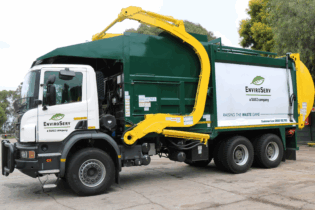Leading pump manufacturer Mather & Platt has harnessed two quite diverse nanostructured materials to achieve greater durability and efficiency in its new range of horizontal centrifugal pumps.
The two drivers behind Mather & Platt’s technology development are the two objectives every public or private sector entity should pursue in order to be effective and sustainable. Minimising costs and maximising productivity are important contributors to service delivery, and the two critical success factors that Mather & Platt’s new range of horizontal centrifugal pumps, launched 18 months ago, achieve in no small way. Cast iron and aluminium pumps often suffer from corrosion and/or cavitation as result of high alkalinity or high acidity. In such instances, a pump’s reliability, efficiency and performance is affected, especially the pump’s power consumption, which substantially increases its lifetime running costs. Minimising performance deterioration is, therefore, a major concern for pump manufacturers and users. The questions is, how to limit or prevent these constraining factors? Duplex stainless steelThe first of the technologies developed by Mather & Platt’s parent company, Worthington Pump India (WIPL), is the duplex stainless steel horizontal centrifugal pump, manufactured from grades 4A and 4B stainless steel. This type of steel is called duplex because it has a two-phase microstructure consisting of ferritic and austenitic stainless steel grains. Initially, when molten duplex stainless steel solidifies, it does so as a completely ferritic structure. Then, as the material cools down to room temperature, about half of the ferritic grains transform to austenitic grains, which form layered islands in the microstructure. The result is a mix of roughly 50% austenite and 50% ferrite.
Read more here.







